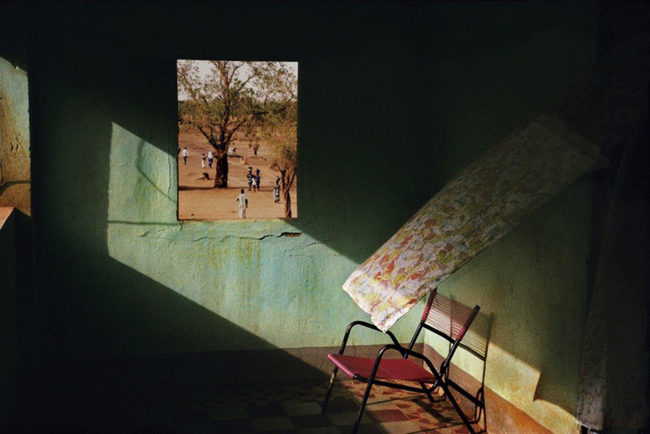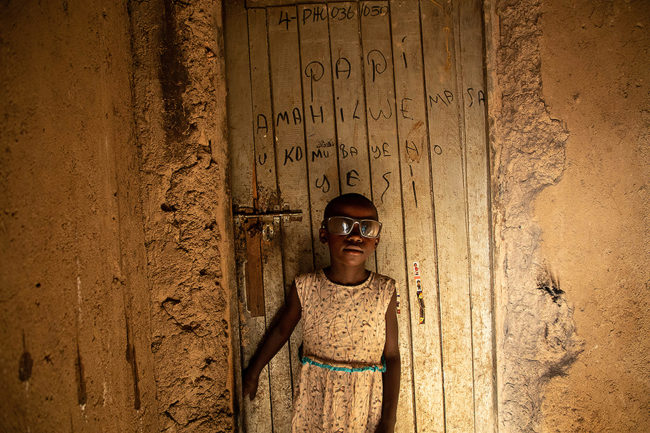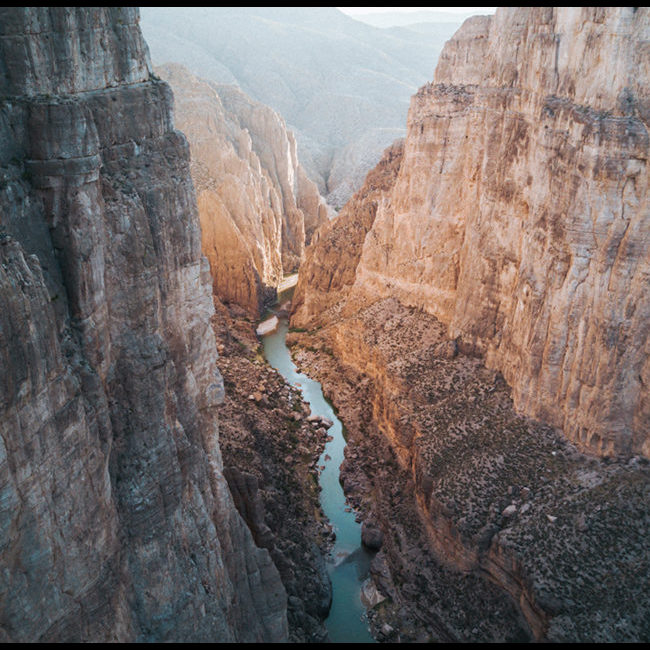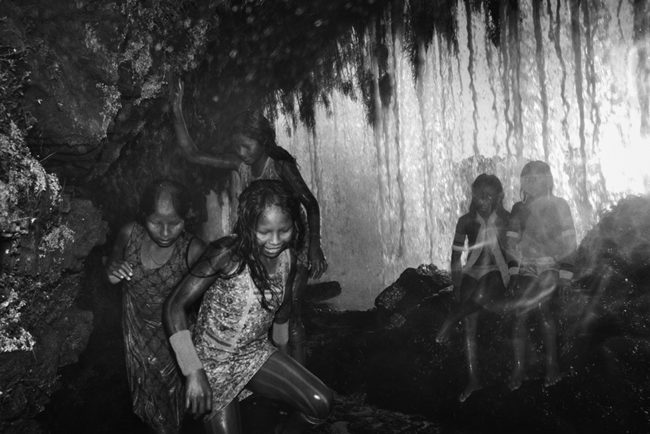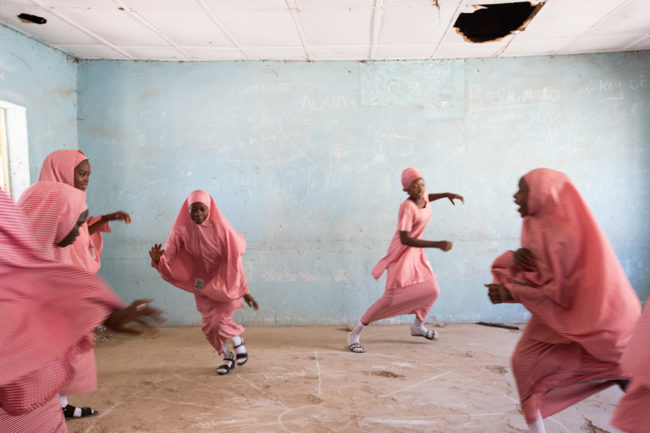Tamina is a small, unincorporated town about 30 miles north of Houston, Texas. It was established by freed slaves in 1871 and today is home to around 500 people, some of whom are descendants of the town’s founders. Tamina is the subject of a new book, The Ground on Which I Stand, published by Texas A&M University Press, part of their Sam Rayburn Series on Rural Life, which examines the history and culture of Eastern Texas. The book comprises photographs of the town, portraits and oral histories of its residents, made by Houston documentary photographer Marti Corn. Together with essays by oral historians, sociologists and educators, the book is a rich portrayal of a lasting example of African-American independence; at the same time, it describes the particular lives and histories of a group of families, and their relationship to one piece of land.
Tammany, as it used to be called, was originally situated far from other towns. “It was an ideal location. Property could indeed be purchased inexpensively, and there was work to be found in Montgomery County’s growing logging industry,” writes Corn in the book’s preface. But as Houston’s population has grown and its suburbs have expanded, Tamina is now surrounded on all sides by wealthier communities. While its residents have benefitted from better schools and closer modern conveniences, the encroachment has led to pressure on residents to sell their land, and to clean up what some see as blight. Corn describes “attempts to force residents out of Tamina by questionable means or through increased taxes by surrounding communities. I listened to people speak of Tamina with disrespect, seeing it only as an eyesore and suggesting the people abused public services.” After her son became friends with someone who grew up there, Corn began working to document the town. “I began to think that if only there were more documentation on this town, explaining its historical relevance, then perhaps those who share cynical views of this town might see Tamina in a new light. Maybe they would recognize Tamina is more than just valuable property to be made into warehouses or another subdivision,” she writes.
In interviews, residents describe the complexity of the community. The president of the Tamina Trail Blazers expresses joy and pride in the yearly horseback ride he organizes, while another resident describes the trap of living where “there is little incentive for adults living in poverty to change their economic status. They are caught in a trap.” In Corn’s images, the appeal of living in this lush, unpaved place is vivid, but so are its hardships, and the people who cherish it are proud of the strong ties to each other that the place has demanded. Writes Corn, “The residents I interviewed and photographed represent different aspects of this community—young and old, black cowboys, ministers, those who have created nonprofits to help their neighbors, a man struggling to find his way after thirty years in prison, another who continues the town’s legacy working in the tree industry, those whose families have lived in Tamina for six generations, and folks who moved to Tamina within their lifetime. Their stories tell of a deep-rooted kinship with one another, with their values resting on family and community. No matter what happens, these neighbors are there to care for one another.”
Related Stories:
Deep in the Heart of Texas
Nina Robinson’s Arkansas Family Album
Picture Story: The Epic Drought of Texas
Grays the Mountain Sends: A Photographic Study of American Mining Towns

